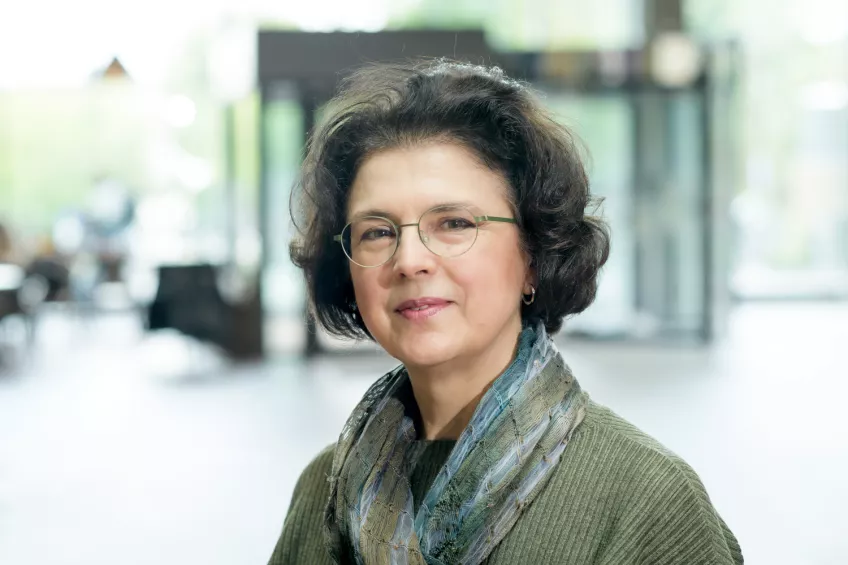Movement is the visible output of neuronal pathways linking our internal world to the physical world around us. It is therefore crucial to understand the alterations in motor control characterizing different disease conditions. Parkinson’s disease (PD) is probably the disorder entailing the largest spectrum of movement abnormalities, which are partly due to the disease itself and partly to adverse effects of dopaminergic therapies. The project “eSCIENCE MOVES” aims at unraveling this complexity and its underlying neuronal dysfunctions using novel methodology. The project is a collaboration between the Strong Research Areas (SRAs) MultiPark and eSSENCE. Researchers will utilize high-end video/sensor recordings from both human subjects and rodent models, and then apply advanced computational methods to extract novel features from the experimental data. Angela Cenci Nilsson leads the project on the MultPark side.
“I am very excited to gather a trans-disciplinary network of researchers sharing a keen interest in the high-resolution analysis of motor behavior. This is perfectly in line with our recent investments in artificial intelligence and machine learning at MultiPark,” tells Angela Cenci Nilsson, leader of the Basal Ganglia Pathophysiology Unit and coordinator of MultiPark.
The first step into this will be to create a registry of data based on videos and accelerometers that have already been collected from patients and rodents. This will be used for training purposes. Then, new data will be collected using optimized recording technologies from both rodent models and patients with Parkinson’s disease. An advanced 3D videography equipment enabling simultaneous recording of videos and neuronal activity will be established in proximity to the MultiPark-supported rodent behavioral platform. The human subjects will be recorded at the newly founded Movement & Reality Lab (MoRe-Lab) within Forum Medicum.
“At present, the assessment of PD-related movement disorders is entirely based on human ratings that are not anchored to objective definitions. In the long run, our project will provide better definitions and improved assessment methods for clinical trials, as well as indispensable tools to unravel the circuit dysfunctions causing different types of motor abnormalities,” explains Angela Cenci Nilsson.



